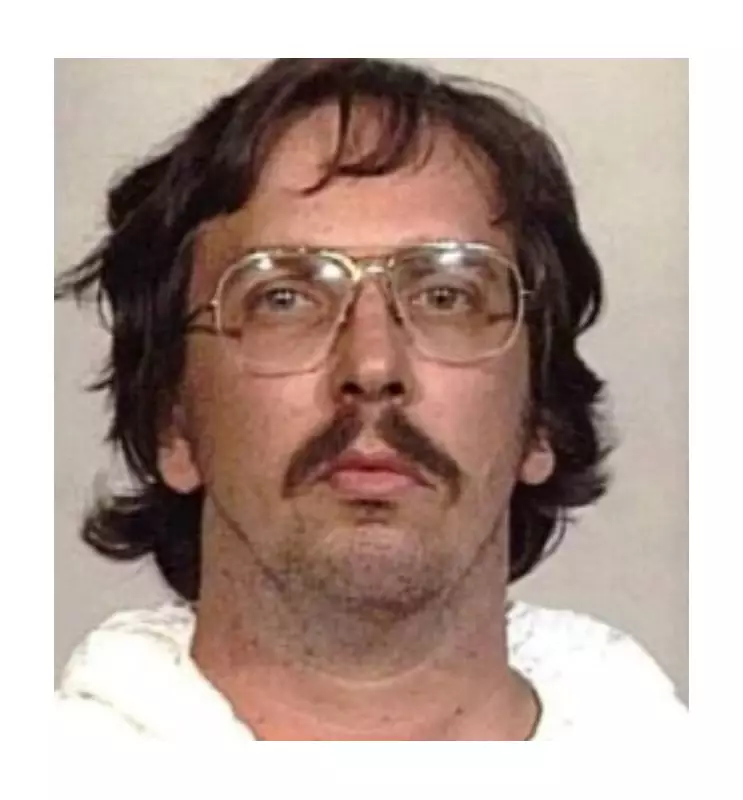
The gruesome discovery at a New Jersey golf course would eventually unravel one of the most disturbing serial killer cases in New York history. On March 5, 1989, a golfer at Hopewell Valley Golf Club found something terrifying just off the fairway on the seventh hole - a paint can containing a young woman's severed head.
The Beginning of a Murderous Spree
Homicide detectives later determined the victim had been murdered on February 20, 1989, at her home in East Meadow, New Jersey. The killer had taken extreme measures to conceal her identity, dismembering her body with an X-Acto knife and removing her teeth and fingertips. Her legs were dumped in Jefferson Township, New Jersey, discovered a month after her head, while her arms and torso were thrown into the East River.
Investigators learned the victim had been struck in the head with a Howitzer shell before being strangled to death. It would take 24 years to identify this woman as 25-year-old Heidi Balch, a prostitute who worked in Times Square. She became the first known victim of Joel Rifkin.
The Making of a Monster
Joel Rifkin was born in New York City in 1959 to unwed college students and was adopted at three weeks old by Bernard and Jeanne Rifkin. The family moved to East Meadow, Long Island in 1965, where young Joel struggled to fit in. He was awkward, excluded from sports, and became a target for bullies despite having an IQ of 128.
His descent into violence began after watching Alfred Hitchcock's thriller Frenzy in 1972, developing an obsession with raping and strangling sex workers. When his parents gave him a car at age 16, Rifkin began trolling for prostitutes. This obsession continued through his time at Nassau Community College, where he skipped classes and work to pursue what would become his life's work - murdering sex workers.
Seventeen Victims and Counting
After killing Heidi Balch in 1989, Rifkin continued his murderous spree for four years. His victims included:
- Julie Blackbird, beaten with a table leg and strangled in July 1990
- Barbara Jacobs, 31, murdered July 14, 1991
- Mary Ellen DeLuca, 22, killed September 1991
- Yun Lee, 31, murdered September 1991
- Lorraine Orvieto, 28, vanished December 1991
Rifkin was methodical in his crimes, helped by the fact that his victims were sex workers during a time when New York was experiencing a homicide epidemic that peaked at 2,200 murders in 1992.
The Beginning of the End
The case that finally brought Rifkin down began on June 24, 1993, when he picked up 22-year-old Tiffany Bresciani on Allen Street in Manhattan's Lower East Side. Bresciani had moved from Louisiana to pursue dreams of becoming an actress or singer but had fallen into drug use and sex work.
When she failed to return, her boyfriend Dave Rubinstein called police and provided a description of Rifkin's truck. Two weeks later, wracked with guilt, Rubinstein took his own life.
Rifkin's reign of terror ended on June 28, 1993, at 3:15 a.m. when New York State Police pulled him over on Long Island's Southern State Parkway. After a chase and crash, officers discovered the source of the horrific stench in his vehicle - Bresciani's body wrapped in a tarpaulin.
Confession and Consequences
Homicide detectives broke Rifkin in about five minutes. He confessed to all 17 murders and was convicted in May 1994. During interrogation, he told investigators that if he hadn't been caught, he would have kept killing. When asked about additional victims beyond Tiffany Bresciani, he responded, "One or 100, what's the difference?"
State Police Lt. Eugene Corcoran recalled to Newsday that Rifkin matter-of-factly admitted to killings, saying things like "I killed that one. That one was easy."
Rifkin is now serving 203 years at Clinton Correctional Facility near the Canadian border. He becomes eligible for parole in 2197, when he would be 238 years old.





